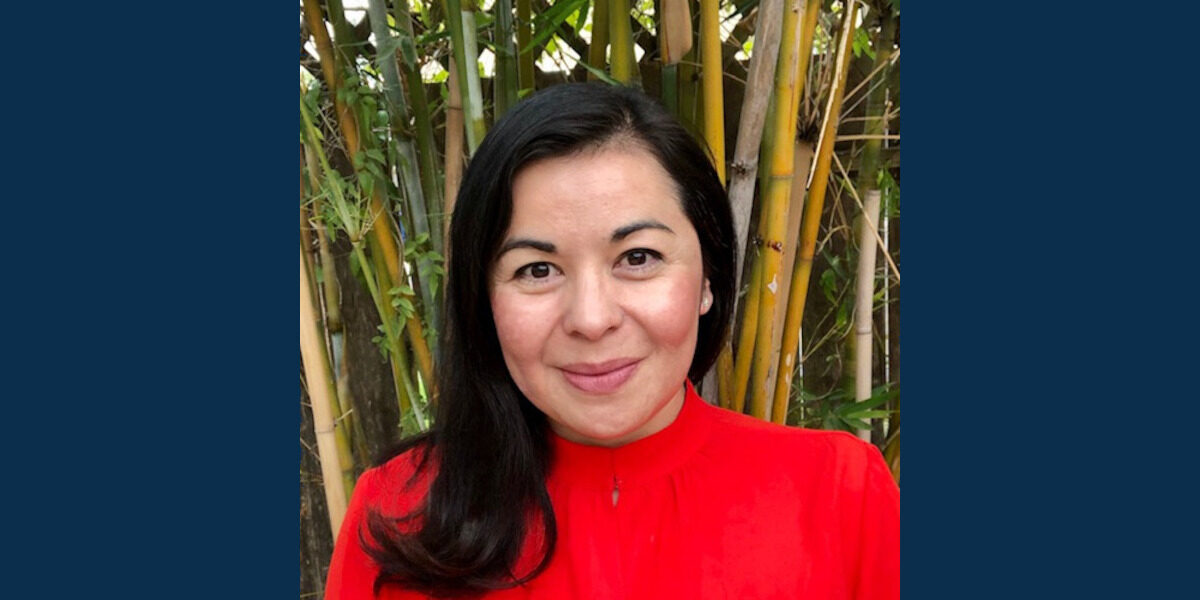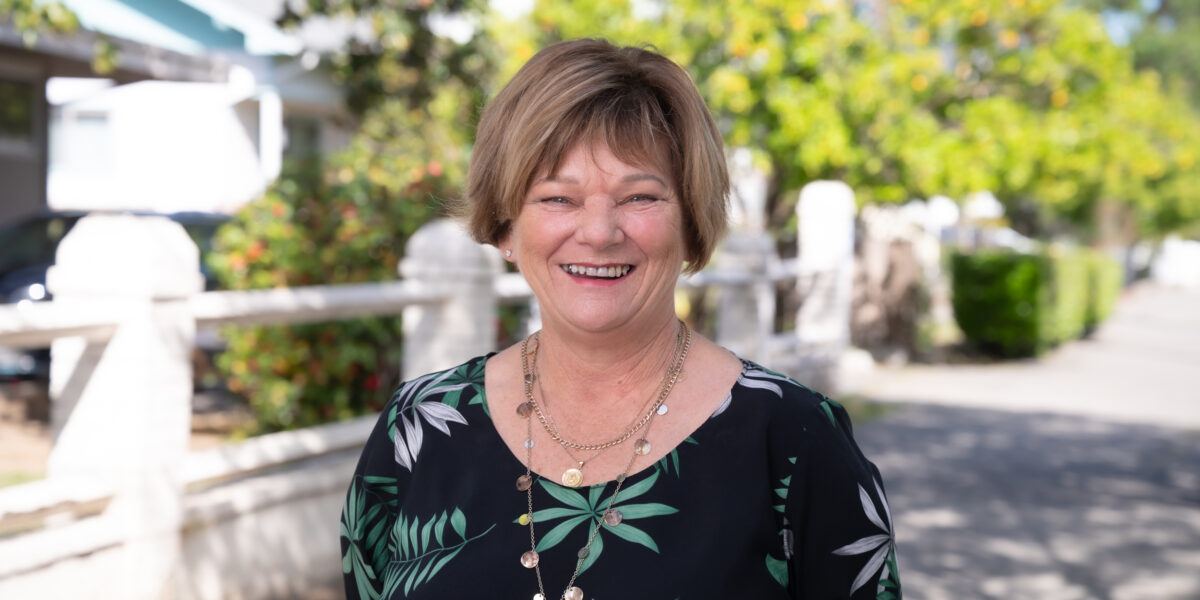

Community Partner Spotlight: Montserrat Archila
We were extremely fortunate to have Montserrat Archila join our strategic planning effort as a valued community partner.
When it comes to the Healthcare Foundation’s ability to successfully address the most pressing needs of our region in matters of health and well-being, especially for our most vulnerable residents, community input and collaboration are essential. To this end, we were extremely fortunate to have Montserrat Archila join our strategic planning effort as a valued community partner.
As the School-Based Behavioral Health Lead at Providence St. Joseph’s Community Health Investment Department, Montserrat has 15 years of experience working in the community. She currently is also completing a certificate in indoor architecture and design with an eye to the relation between the built environment and public health. Her expertise, insights and enthusiasm are invaluable, and we couldn’t be more grateful to her. We recently asked her about her role in the strategic planning process, her work more generally, and the importance of collaborative approaches to community health. The following excerpts from our conversation in July have been lightly edited for clarity.
“Too often, we’re asking our community for information, gathering data and when the information comes back, it’s generally a small group folks making decisions about the solutions they feel are right for the community. We must get in the practice of going back to the community to say, this is what we think might help or be a possible solution, did we get it right?”
Can you tell us about the community listening sessions you helped bring into the strategic planning process?
Executive Director Kim Bender and I convened several partners in north county to understand what the needs are, what they’re hearing from the people they’re serving. We brought a lot of cross-sector agencies together. We made sure we had someone representative of our shelter-less population, our Latinx population, someone [focused on] mental health, and so on. Our plan was to engage with the partners and to ask how we can best learn from the folks they serve. Can we create a survey? Can we join existing meetings to ask these questions? That was our follow up. I went to the La Familia Sana board meeting, for example. I know Kim went to a Comite at Corazón Healdsburg. Other organizations did one-on-one conversations with constituents, and we gathered that information, too, and brought it back to the strategic planning committee.
What were the themes or issues that came up?
Mental health services came up quite a bit, or just mental health in general—resources, training. Transportation was another. Access to care that is culturally appropriate, the lack of which is another huge barrier. Also, education around public charge and why people are not accessing services. At the listening session that I did with La Familia Sana—this is with a group of farmworkers who are mainly working in the Cloverdale area, so at the very top of our county—by far the top issue was mental health. They were so open in sharing the struggles of their children, their personal struggles, and their frustration about the lack of services in their area. I had a dad confess to me, “I don’t even know where to start to get help for my daughter.” He said he was feeling frustrated and alone in this process. Luckily, he met somebody in Cloverdale, a therapist, who was helping him. But he described how he had had no starting point for where to go—or even what her needs are, because he didn’t understand what was happening.
“We as humans are all assets in this place, whether it’s Sonoma County or anywhere else. With certain things we tend to speak ‘deficit language’—there’s a certain percentages trending negatively, or something isn’t going well. I’m usually the person asking, ‘What is going well? What is working? What assets do we have in the community?'”
Can you tell me about the “self-healing communities” model you use in your work?
The “self-healing communities” model is a framework for how we engage with our community to develop strong networks that promote collaboration across sectors. It also looks at how we can nurture local leadership and incorporate it in our larger systems of care. [It’s about] who gets to sit at those tables. How are we helping local leadership and the people in charge [in healthcare systems] to come together? We also look at data to focus our efforts, to see what has worked and what hasn’t. Part of self-healing is to make these things visible. Too often, we’re asking our community for information, gathering data and when the information comes back, it’s generally a small group folks making decisions about the solutions they feel are right for the community. We must get in the practice of going back to the community to say, this is what we think might help or be a possible solution, did we get it right? They might say, “No. Let us tell you the ideas we have, certain things we’re already doing.” It’s about listening, fostering on-going engagement, and co-creating solutions hand-in-hand with the community, always.
What’s the best part of your job? And is there anything in your background that you see as having influenced the work that you do?
The favorite part of my job, hands down, is to be in community. I wouldn’t have it any other way. I love hearing the stories and being with people. I’m always so humbled by the openness that people have in sharing very personal stories about their struggles.
As for my background, I was born in El Salvador and came to this country at a very young age. There are certain things that become apparent when you’re not from a place—how you can access things, whether it’s in your language or not, what’s available to you and what isn’t. Even the messages that you get in school about your own identity. I feel all of that has pushed me to be an advocate for the community. I think about the assets that people bring. We as a family come here and we bring something. We as humans are all assets in this place, whether it’s Sonoma County or anywhere else. With certain things we tend to speak “deficit language”—there’s a certain percentage trending negatively, or something isn’t going well. I’m usually the person asking, “What is going well? What is working? What assets do we have in the community?” We all bring something special and unique. Growing up, that’s how I’ve always felt. That really drives me. Our mission at Providence is to be steadfast in serving all. I’m fortunate that my professional place really aligns with my own values—serving all, being of service.

Related News + Stories
Invest in Our Community
Your support is vital to our collective vision of eliminating health inequities in northern Sonoma County.
Donate



